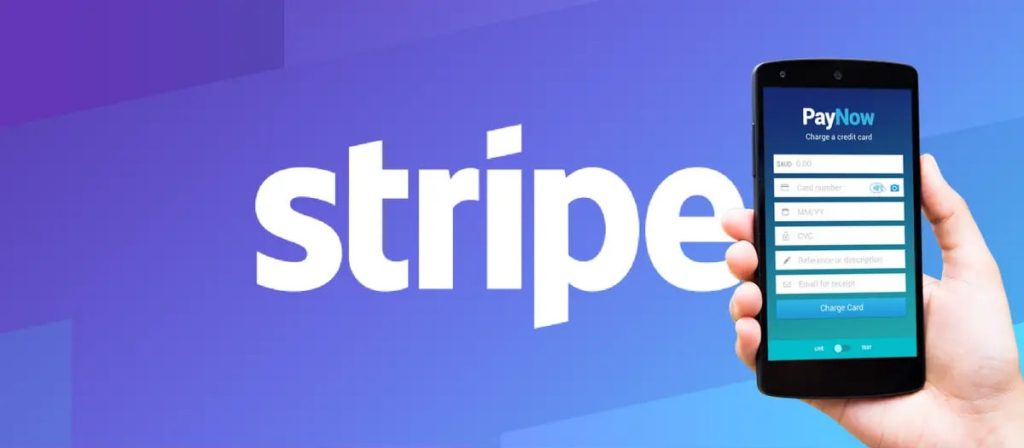Stripe is a major player in online payment processing, providing services to millions of businesses globally. However, many businesses fall under Stripe’s restricted business list, preventing them from using the platform. This article explains which businesses Stripe restricts, the reasoning behind these restrictions, and how affected businesses can continue processing payments.
Categories of Stripe-Restricted Businesses
Stripe’s restrictions focus on businesses that present high financial, legal, or reputational risk. Below are the main categories of restricted businesses:
1. Illegal and Harmful Goods
Stripe prohibits businesses selling illegal goods or those that could cause harm. Examples include:
- Counterfeit products
- Weapons, explosives, and dangerous materials
- Drug-related items, including paraphernalia used for illegal substances.
2. Financial and Professional Services
Businesses in financial services face strict regulations and are often considered high-risk. Stripe restricts services like:
- Cryptocurrency exchanges and wallets
- Escrow services
- Peer-to-peer money transmission
- Investment services, including real estate brokerage.
3. High-Risk Business Models
Certain business models, particularly those involving card-not-present transactions or subscription-based services, face heightened scrutiny. High chargeback rates are a common issue for businesses offering:
- Free trials or continuity programs
- Subscription models.
Table 1: Stripe-Restricted Financial Services
| Category | Examples of Restrictions | Reason for Restriction |
|---|---|---|
| Investment services | Real estate investments, brokerage services | High fraud risk, regulation |
| Cryptocurrency | Wallets, exchanges | Legal and fraud risks |
| Escrow services | Real estate, legal escrow | Subject to regulation |
| Peer-to-peer payments | Money transfer services, check cashing | Anti-money laundering laws |

Common Reasons for Restriction
Stripe enforces these restrictions primarily to reduce fraud, comply with regulations, and minimize financial risk.
1. Chargeback Risks
Businesses with high chargeback ratios are often restricted from using Stripe. According to MasterCard, a chargeback rate above 1% categorizes a business as high-risk. Frequent disputes and refunds, which lead to chargebacks, are major warning signals for payment processors.
2. Compliance with Legal Regulations
Stripe complies with regulations related to Know Your Customer (KYC) and Anti-Money Laundering (AML) laws. As a result, businesses in sectors like cryptocurrency and investment are closely monitored and restricted based on their ability to meet these legal requirements.
3. Fraud Prevention
Industries prone to fraudulent activity, such as gambling or multi-level marketing, face restrictions due to their heightened risk of fraud. Stripe limits its exposure to these sectors to reduce potential losses from fraudulent transactions.
Alternatives for Stripe-Restricted Businesses
If your business is restricted from using Stripe, there are several alternative payment processors and services that cater to high-risk businesses. Below are some of the best options:
1. High-Risk Merchant Accounts
High-risk merchant accounts are a key solution for businesses that cannot use mainstream processors like Stripe. These accounts offer customized services for industries with higher risk profiles. For instance, Merchanto.org, an official partner of VISA and MasterCard, specializes in chargeback prevention and risk management. Businesses facing frequent chargebacks can benefit from their tools and services to reduce the risk of account suspension. More information can be found here.
2. Alternative Payment Processors
Several payment processors are more flexible with high-risk businesses. Examples include:
- PayPal: More lenient but still restrictive for some industries.
- Braintree: Suitable for e-commerce, but limited support for high-risk industries.
Table 2: Alternative Payment Processors
| Processor | Industry Coverage | Risk Category | Chargeback Support |
|---|---|---|---|
| PayPal | General retail, e-commerce | Medium | Limited |
| Braintree | E-commerce, SaaS, medium-risk industries | Medium to High | Basic |

Best Practices for High-Risk Businesses
If you operate in a restricted or high-risk category, adhering to best practices can help you navigate payment processing challenges and reduce risks.
- Monitor Chargeback Ratios: Keep chargeback ratios below 1%. Excessive chargebacks can lead to account suspension or higher processing fees. According to Visa’s Merchant Guidelines, exceeding this threshold often results in penalties.
- Use Fraud Detection Tools: Fraudulent transactions are common in high-risk industries. Tools that flag potential fraud can help prevent disputes and reduce your risk of chargebacks.
- Clear Return Policies: Ensure customers understand your refund and return policies to prevent unnecessary disputes that could lead to chargebacks.
Table 3: Best Practices for High-Risk Businesses
| Practice | Description | Impact |
|---|---|---|
| Monitor chargebacks | Keep chargebacks under 1% | Prevents account suspension |
| Use fraud detection | Tools to flag fraudulent transactions | Reduces fraud and disputes |
| Clear return policies | Transparent refund process | Lowers dispute occurrences |
| Engage customer support | Address customer issues before disputes escalate | Minimizes chargebacks |
Jurisdiction-Specific Restrictions
Some restrictions on Stripe usage are tied to specific jurisdictions. These vary by country, often reflecting local laws and regulations.
- India: Alcohol sales and dating services are prohibited.
- Thailand: Stripe restricts vitamin product sales and psychic services.
- Brazil: Genital prosthetics and sex accessories are banned.
Case Study: Chargeback Prevention in High-Risk Sectors
A travel booking business faced high chargeback ratios due to cancellations and disputes. After switching to a high-risk merchant account the company was able to reduce chargebacks by 35% within six months. Implementing fraud detection software and a clear refund policy further helped maintain compliance with Visa and MasterCard standards.
Practical Alternatives and Solutions
Many businesses affected by Stripe’s restrictions can still process payments using third-party payment processors or dedicated merchant accounts. Options like PayPal and Braintree provide temporary solutions, while services offer long-term risk management tailored to high-risk industries.
While Stripe’s policies are strict, there are plenty of alternatives. Choosing a reliable processor with a focus on chargeback prevention and fraud detection is critical for any high-risk business.
Conclusion
Businesses in high-risk categories need to understand Stripe’s restricted business policies and why they are enforced. Chargebacks, regulatory compliance, and fraud prevention are key reasons why certain industries are prohibited. However, alternative solutions, such as high-risk merchant accounts and processors enable businesses to continue accepting payments while managing risk effectively.
By adopting best practices—monitoring chargeback ratios, using fraud detection tools, and implementing clear policies—high-risk businesses can navigate these challenges and thrive, even when traditional platforms like Stripe are unavailable.



